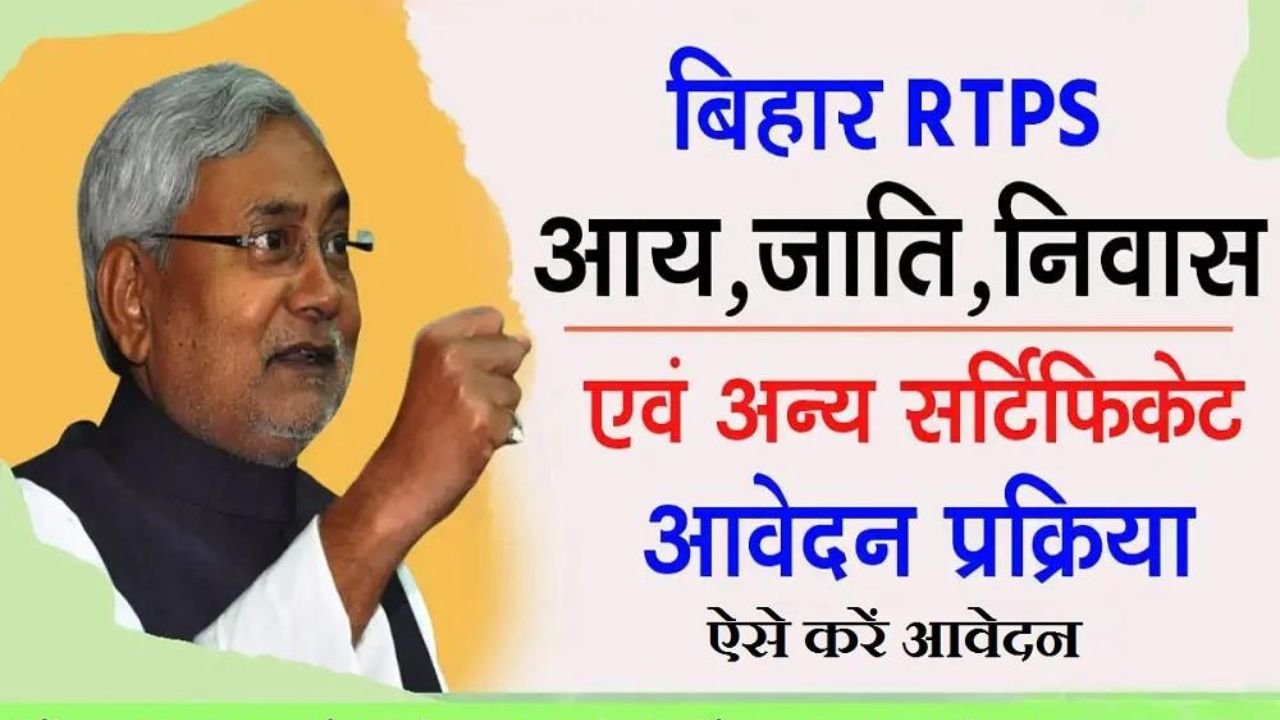The Right to Public Services (RTPS) is a legislative framework that guarantees timely and efficient delivery of various public services to citizens. It aims to enhance transparency, accountability, and accessibility in the functioning of government departments and public authorities. In an era where citizen-centric governance is paramount, understanding the nuances of RTPS becomes crucial.
Understanding RTPS
Legal Framework
RTPS is typically governed by specific legislation enacted by states or countries. These laws mandate the provision of public services within a stipulated timeframe and outline penalties for non-compliance. The legal framework ensures that citizens can hold public officials accountable for delays and inefficiencies.
Objectives of RTPS
The primary objectives of RTPS are to:
- Provide timely delivery of public services
- Enhance transparency and reduce corruption
- Empower citizens with the right to service delivery
- Improve the efficiency of public administration
Types of Public Services Covered
| Category | Description | Examples |
|---|---|---|
| Basic Amenities | Essential services that are fundamental to daily living and community well-being. | Water supply, Electricity connections, Sanitation facilities |
| Education and Health Services | Services that ensure access to education and healthcare, crucial for personal and societal development. | School admissions, Issuance of health cards, Medical facilities |
| Social Security Services | Services that provide financial assistance and support to individuals, particularly the vulnerable and marginalized sections of society. | Pension disbursement, Subsidy distribution, Welfare scheme enrollment |
| Other Essential Services | Services that facilitate civic administration and personal documentation, ensuring legal and administrative convenience for citizens. | Issuance of birth and death certificates, Land record management, Licensing and permits |
Implementation of RTPS
The implementation of the Right to Public Services (RTPS) is a multifaceted process that involves strategic planning, technological integration, and active participation from both government authorities and citizens. This section delves into the various aspects that contribute to the successful execution of RTPS.
Government Initiatives
Governments play a pivotal role in the successful implementation of RTPS through several targeted initiatives. These initiatives are designed to ensure that public services are delivered efficiently and transparently to citizens. Key government initiatives include:
- Legislative Actions:
- Enactment of RTPS laws at the state and national levels, mandating timely delivery of specified services.
- Regular updates and amendments to the legislation to cover more services and address emerging challenges.
- Administrative Reforms:
- Establishment of dedicated RTPS cells within government departments to oversee the implementation and monitoring of service delivery.
- Introduction of standard operating procedures (SOPs) to streamline service provision and reduce bureaucratic delays.
- Capacity Building:
- Conducting training programs for government officials to enhance their understanding of RTPS and improve their service delivery capabilities.
- Workshops and seminars to sensitize officials about the importance of RTPS and citizen rights.
- Public Awareness Campaigns:
- Launching extensive awareness campaigns through media, social platforms, and community outreach programs to educate citizens about their rights under RTPS.
- Distribution of informational materials such as brochures, posters, and pamphlets in multiple languages to reach diverse populations.
Role of Local Authorities
Local authorities are the frontline implementers of RTPS and are crucial for its success at the grassroots level. Their responsibilities include:
- Service Delivery Counters:
- Setting up dedicated service delivery counters in government offices to assist citizens with their service requests.
- Ensuring that these counters are equipped with necessary resources and staffed by trained personnel.
- Monitoring and Evaluation:
- Implementing robust monitoring mechanisms to track the progress of service requests and ensure compliance with stipulated timelines.
- Regular audits and inspections to identify and address any bottlenecks in the service delivery process.
- Grievance Redressal:
- Establishing clear and accessible grievance redressal mechanisms where citizens can lodge complaints if services are delayed or denied.
- Timely resolution of grievances through a structured process involving investigation, follow-up, and feedback to the complainant.
- Community Engagement:
- Engaging with local communities through public meetings, forums, and advisory boards to understand their needs and concerns regarding public services.
- Collaborating with non-governmental organizations (NGOs) and community leaders to facilitate better service delivery and address local issues.
Technology in RTPS Implementation
The integration of technology in RTPS has revolutionized the way public services are delivered, making the process more efficient, transparent, and accessible. Key technological interventions include:
-
- E-Governance Platforms:
- Development of comprehensive e-governance portals where citizens can apply for services online, track the status of their applications, and receive updates.
- Mobile applications that provide similar functionalities, making it convenient for citizens to access services on the go.
- Digital Tracking Systems:
- Implementation of digital tracking systems that allow real-time monitoring of service requests from submission to completion.
- Use of dashboards and analytics to provide insights into service delivery performance and identify areas for improvement.
- Automated Grievance Redressal:
- Deployment of automated systems for grievance redressal that streamline the process of lodging, tracking, and resolving complaints.
- Integration of artificial intelligence (AI) and machine learning (ML) to predict and prevent service delivery issues based on historical data.
- Citizen Feedback Mechanisms:
- Online feedback systems where citizens can rate their service experience and provide suggestions for improvement.
- Regular surveys and polls to gather citizen input on service quality and implementation challenges.
- Transparency Tools:
- Publishing service delivery statistics and performance reports online to ensure transparency and accountability.
- Public dashboards that display key metrics such as average service delivery times, number of requests processed, and pending grievances.
- E-Governance Platforms:
Conclusion
In conclusion, the Right to Public Services (RTPS) represents a significant step towards citizen-centric governance. By ensuring timely and efficient delivery of public services, RTPS empowers citizens and fosters greater transparency and accountability in public administration. As we look to the future, continuous improvements and technological advancements will play key roles in enhancing the efficacy of RTPS, ensuring that every citizen enjoys their right to public services.



